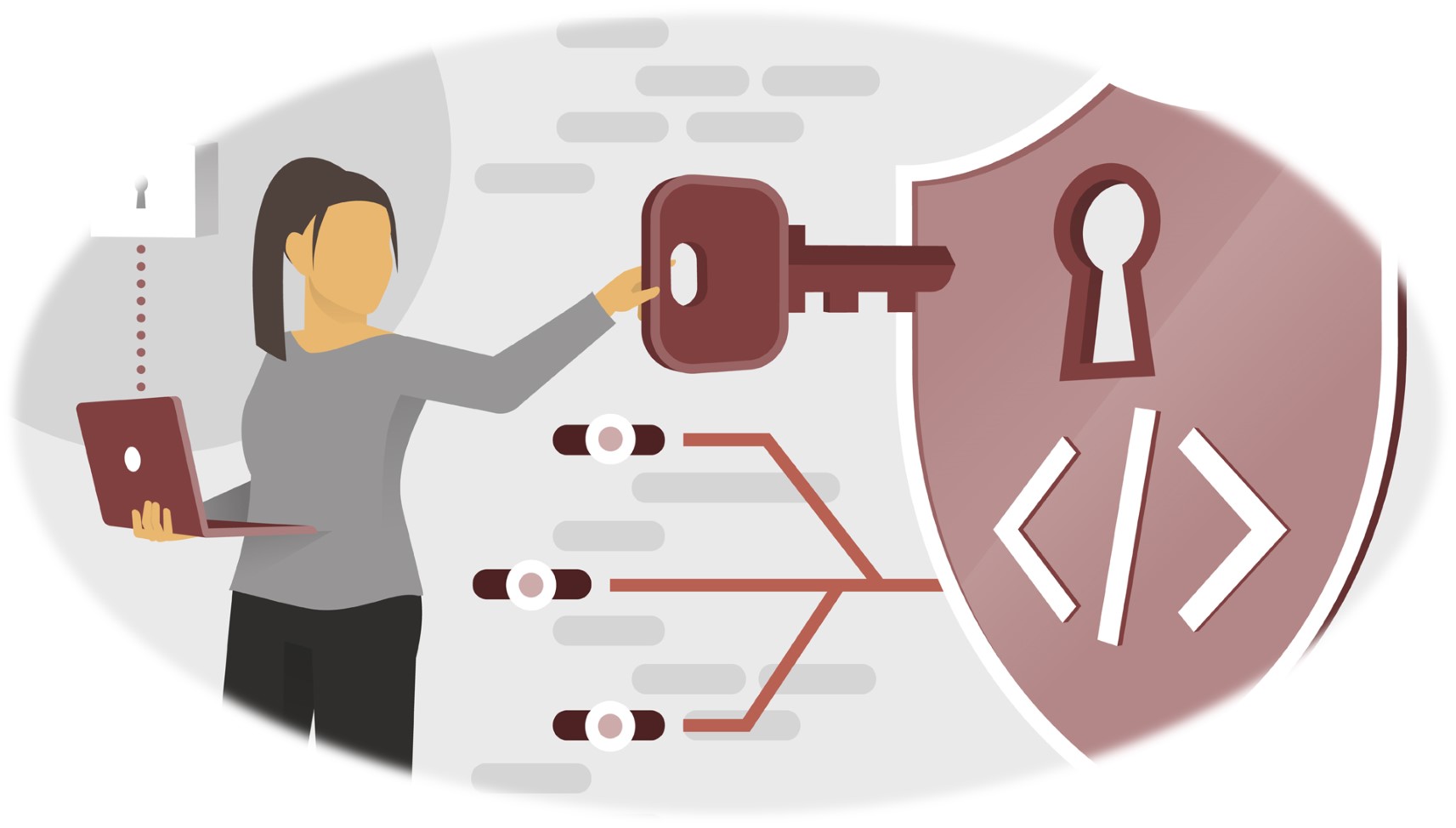Introduction
The frequence and volume of data leakage progresses as technolygy is evolving. On top of IT departments, boards and company decision makers are more than ever focusing on data protection. The control of access to the different systems is key to protect and secure data.
Access control allows organizations to identify,manage and prevent the risk of unauthorized access.
The maintenance and management of access rights across the different systems and applications of a company is key to a company:
”Effective Segregation of Duties (SoD) controls can reduce the risk of internal fraud by up to 60% through early detection of internal process failures in key business systems.”
Le GARTNER, Market Guide for SOD Controls Monitoring Tools-ID: G00293793
Projects around identity and access management (IAM) are usually management by IT départements. Sometime there is a lack of consideration for the business needs when it comes to access management. When thorough roles and authorizations setup is not well handled, end users end up with broader access than what they would need, generating risks for the organization.
We also see a lack of governance and procedures when it comes to roles and authorisations management. As time passes, an initial framework can regress mainly due to:
-
- A complex ERP and software environnement with more and more end users
-
- Evolution of roles due to business needs generation seggregation of duties (SoD) issues that are not being considered.
-
- The technical management of authorisations takes a lot of time for the administrators:
-
- They manage a lot of access requests, sometimes without management approval and without,
-
- They multiply manual low added value tasks as user access provisioning, password reset etc.
-
- The technical management of authorisations takes a lot of time for the administrators:
Considering these aspects, the regulators, external auditors and investors expect companies to cover risks related to access management and segregation of duties. This is now also under the radar of internal functions like compliance, internal control and internal audit.
The challenges around these topics are well known of our IAM, authorizations and GRC experts. We are supporting several clients on the implementation of a compliant and secured access rights management process including authorisations management, SoD and user life cycle management.
Gouvernance SoD
The controls around segregation of duties (SoD) improve the reliability of your transactions, improve the confidence of external auditors and enables you to manage anti fraud requirements. By detecting and preventing these risks, the SoD controls improve the integrity of key processes and limit financial exposure.
When facing regulatory frameworks on segregation of duties (SoD) management, companies usually start monitoring it manually through extracts and excel spreadsheets.
When these processes become too complex to maintain/manage, an SoD management tools becomes a requirement and will enable the following:
Companies need to insure compliance internally, for their stockholders but also for regulatory entities which requires reactivity when it comes to status updates.
Companies that are implementing tools to manage SoD are facing a reduction in time passed on reporting and control exécution and improve their decision making processes.
Indeed, SoD controls offer a convincing framework to reduce risks as they are remediated proactively and as SoD related violations are contained.
Gartner SoD Management hypothesis
SoD controls can lower internal fraud exposure up to 60% thanks to preventive detection of failures when it comes to access management to main ERPs.
It is hard to cover SoD risks in an organisation without a dedicated tool.
Standard SoD management fails when processes are being supported by several softwares (ERP, Procurement tool, CRM, HCM etc).
The high cost of traditional ERP platforms and the absence of direct ROI make it hard for IT security departments to justify the acquisition of a dedicated access and SoD management tool.
Le GARTNER, Market Guide for SOD Controls Monitoring Tools-ID: G00293793
ArtimIS’ SoD experts support their clients in the management of SoD risks, in particular in the design or optimization of a model to identify, apprehend and remedy SoD risks:
Identity & Access Management
As companies are growing, it is more and more difficult to manage end user life cycles. A lack of control exposes the company to several risks.
« In 2019, the global cost of failure or setup errors linked to access rights management is 8,7 billion dollars.»
SOURCE
There are several factors linked to a lack of control of the user life cycle:
It is important to avoid providing too wide access to end users. Generally, the target is to limit access to business needs, implementing a thorough SoD process or enhancing dual control.
To guarantee secured user provisionning, it is highly recommended to enforce the User Access Manangement (UAM) related processes by implementing a tool including automatic provisionning and preventive sanity checks.
The security experts at Artimis support their clients with the implementation of identity and user right related processes including appropriate tooling :
Design and implementation:
Autorisations security
Mastering user access rights enables to avoid a risk of error but also of fraud. Indeed, access control allows to control data integrity and confidentiality. Limiting user access to the exact needs and making sure the access is reviewed regularly is also important.
The authorization and security experts at ArtimIS bring key knowledge to our customers in order to support them from the authorization audit phase to the implementation phase of fully integrated SAP Authorization solutions complying with cross system SoD requirements including compliance related topics like GDPR.

ArtimIS offers the following:
Why ArtimIS?

SAP Authorizations management is our key expertise. We have a lot of experts in the team and would be happy to support you in any SAP authorization related project. Our now how and our understanding of business processes will be key to a successful project and adherence of the different stakeholders affected by it.
